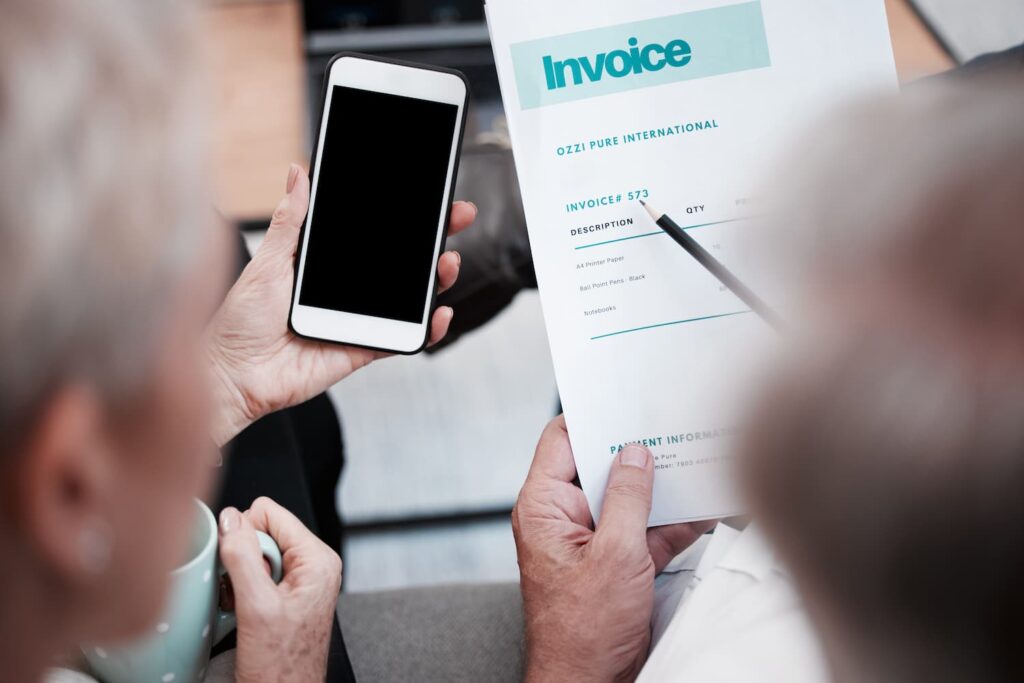Scanning an invoice is NOT electronic invoicing.
With the arrival of the e-invoicing reform, many businesses mistakenly believe that scanning a paper invoice or creating a PDF and sending it via email is enough to be compliant. But that’s far from the truth.
Electronic invoicing comes with precise requirements, far beyond simply digitizing a document.
In this article, we’ll clarify the difference between a PDF invoice and true e-invoicing, explain why this distinction is critical for legal compliance, and outline exactly what the reform requires from businesses.
The real difference between scanning an invoice and e-invoicing
Scanning a paper invoice or converting it into a PDF may seem like a convenient way to go digital, but it falls short of legal e-invoicing standards.
PDF Invoice:
- A PDF is simply a “snapshot” of the original document. It’s not structured in a way that can be processed automatically by accounting or tax systems.
- It only serves as an electronic communication format and isn’t integrated into any automated data management process.
E-Invoice:
- A true electronic invoice must follow a structured format (such as Factur-X or UBL), allowing systems to automatically read and process the data.
- It must be sent via certified and secure platforms and archived in a predefined format that ensures its authenticity and integrity.
- It’s not just an image, but machine-readable data that can be integrated, verified, and stored in full compliance with legal standards.
Why This Matters for Compliance
With the upcoming e-invoicing reform, legal compliance has become a major concern for all businesses.
Even though PDF invoicing may reduce paper use, it does not meet the legal standards of the reform.
So, what exactly does the reform require?
- Structured format: Invoices must be issued in a structured electronic format (like Factur-X or UBL) not as PDFs or scanned images.
- Certified platforms: Invoices must be transmitted through certified platforms and not directly from supplier to customer.
- Secure archiving: E-invoices must be securely archived in accordance with tax regulations and remain accessible for the legally mandated retention period.
Will PDFs disappear?
No in fact, the Factur-X format includes a human-readable PDF with structured data embedded inside.
For other formats (UBL and CII), a readable PDF version can be generated from the structured data. This feature is included in the ABCinvoice.eu service.
ABCinvoice.eu stands out when it comes to allowing you to generate a Factur-X invoice from a regular PDF. In other words, you don’t have to change your habits, just send the PDF to ABCinvoice.eu instead of directly to your client.
Your client will then receive a fully compliant electronic invoice.
Conclusion
Simply emailing a PDF invoice is not enough to comply with new e-invoicing rules.
Understanding the difference between a scanned document and a true e-invoice is essential.
By using certified platforms, structured formats, and secure processes, your business can meet legal requirements while also enjoying the many benefits of digital transformation: cost reduction, automation, and improved traceability.
The reform introduces strict new rules, but with the right support, the transition to e-invoicing can be smooth and rewarding.
If you have questions or need help getting started, ABCinvoice.eu is here to guide you every step of the way.

